I didn’t mean to get into shooting film. It was never my plan, never something I set out to do. I certainly had no idea that the format was becoming popular again, or more popular. Nor did I have any sense of what the process would entail; where I’d go to buy film and get it developed, whether or not there’d be some kind of darkroom involved, perhaps featuring a set of red lights and a creepy technician. None of these things occurred to me at the time. Rather, I simply stumbled into analogue as I’ve stumbled into so many of life’s little mysteries, propelled by a compulsive, vaguely reckless urge to act contrary to my better interests.
Actually, when I bought my first analogue camera in February ‘24 I was new to photography in general, having only purchased my first “big boy” camera the previous November. I fell in love with the medium almost immediately, and when I saw a chance to expand my horizons with a reasonably-priced Canon AE-1 on a used camera site, I thought, “What’s a couple hundred extra dollars to an already unmanageable ten grand of debt.” As I write this, I’ve been shooting analogue for a little over two months, and enjoying it at least as much, probably more, as digital. Given this relatively fresh perspective, I thought it might be interesting to record my experiences while still somewhat raw. Here’s what I think after ten or so weeks with a Canon AE-1 and five (first ever) rolls of film.
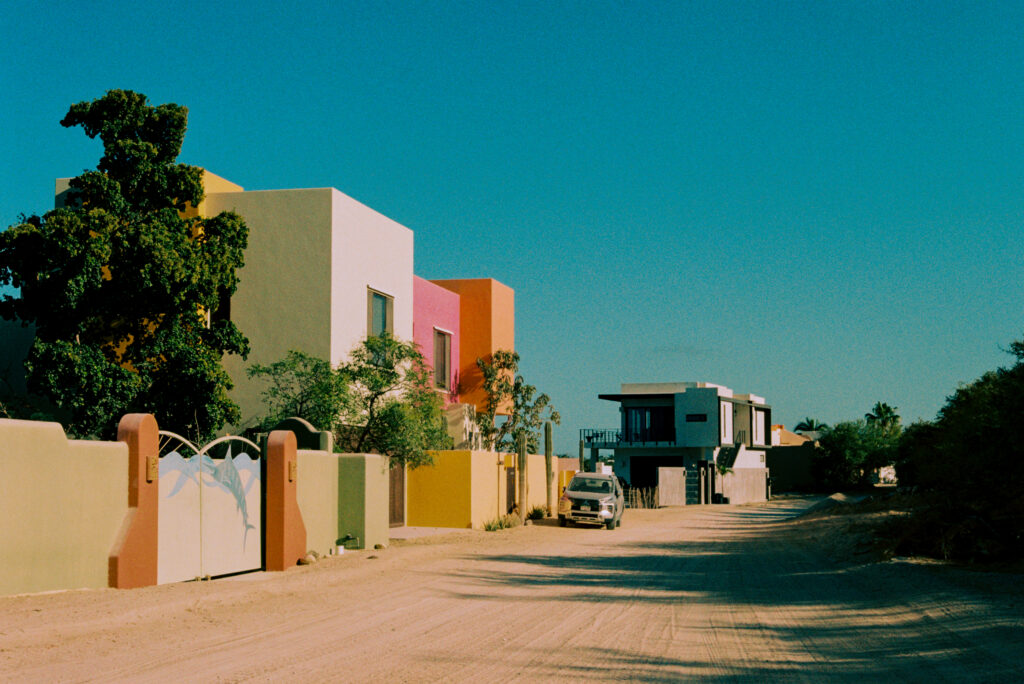
As I said, I came into 35mm pretty much blind. Once I’d oriented myself in the community a little, and done some preliminary research, my immediate thought was, holy shit, this is actually a thing. I went from wondering if I’d have to mail my rolls of film to some obscure developing lab in the middle of nowhere, to struggling to choose between the three options within a short drive of my house. (Not to mention the overwhelming selection of film stocks to sift through, with more appearing on a monthly basis). I guess I was being slightly naive, given that I live in big-shot Los Angeles with a gaggle of fancy motion picture folks and trendy hipsters, but the overall resurgence of film photography still surprised me.
My next thought, very much leading on from the first was, holy shit this is expensive. Really expensive. But in this too I was being pretty naive, I suppose, given that anything even remotely niche, but with a hint of popularity, will command a hefty price. From the high cost of the film stocks to the insanely inflated value of old cameras online, I’d say finances are the main, maybe the only, actual drawback I’ve encountered shooting film; not because cool things shouldn’t cost money, or even a lot of money, but because the system of economics that’s grown around analogue photography feels particularly seedy (at least in America). There’s just a whiff of opportunistic greed on the part of certain vendors, somewhat exacerbated by YouTuber one-up-manship, camera wielding celebrities and (above all) the undeniable power of nostalgia in an age of digital disconnect. Or whatever. Yes, yes, I know about the almighty principles of supply and demand and this and that, but I still don’t like it. I guess I’m just a dirty communist, or something.
In any case, I figured I’d shoot a few rolls now and then as an occasional vacation from the world of digital. Of course, from the moment I loaded that first roll and heard the sweet, sweet snap of the shutter release (literally felt it jump in my hands) I was hooked on the process, the actual process, of shooting analogue. The differences between film and digital surpass mere trend or novelty, and there is something meaningfully distinct about both experiences, which should complement rather than cancel each other, I think.
I’m sure that by this point, millions of words have been written on the “why I shoot film topic,” and since I’m equally sure I have little to add, I’ll try to keep my observations here brief. Analogue’s real draw for me is that you just take the picture and move on. With film I no longer feel pressured to try a hundred versions of the same subject just in case the next is better than the last. I don’t stumble around the sense that I’m never doing enough, never getting it as right as I should be given the nearly unlimited options at my disposal. Digital photography never feels finished, while with film there’s a completeness to the process, the fact that it is composed of distinct units. Each roll, for example, forms its own interval, taking on a particular character based on the interplay between moment, medium and shooter. Yes, the immediate experience is more limited, sure, but also more memorable, especially given the concluding, anticipatory period of waiting to see how it all turned–an opportunity to process ideas and let them settle. There’s something terrible about too much freedom, I think, which becomes paralyzing in its excesses; weighing you down with the very flexibility that was supposed to buoy you up in the first place. Photography, in some sense, has always been about freezing moments of time, plucking the finite from infinity. But this purpose loses some of its impact when you can shoot without limits, then look at the results and start again if you don’t see anything you like. Do we ever see anything we like? Working with film is an exercise in patience and acceptance and demands a refreshing amount of surrender, which somehow ends up being less stressful than the illusion of complete control. (As you can see, I completely failed to keep this section brief).
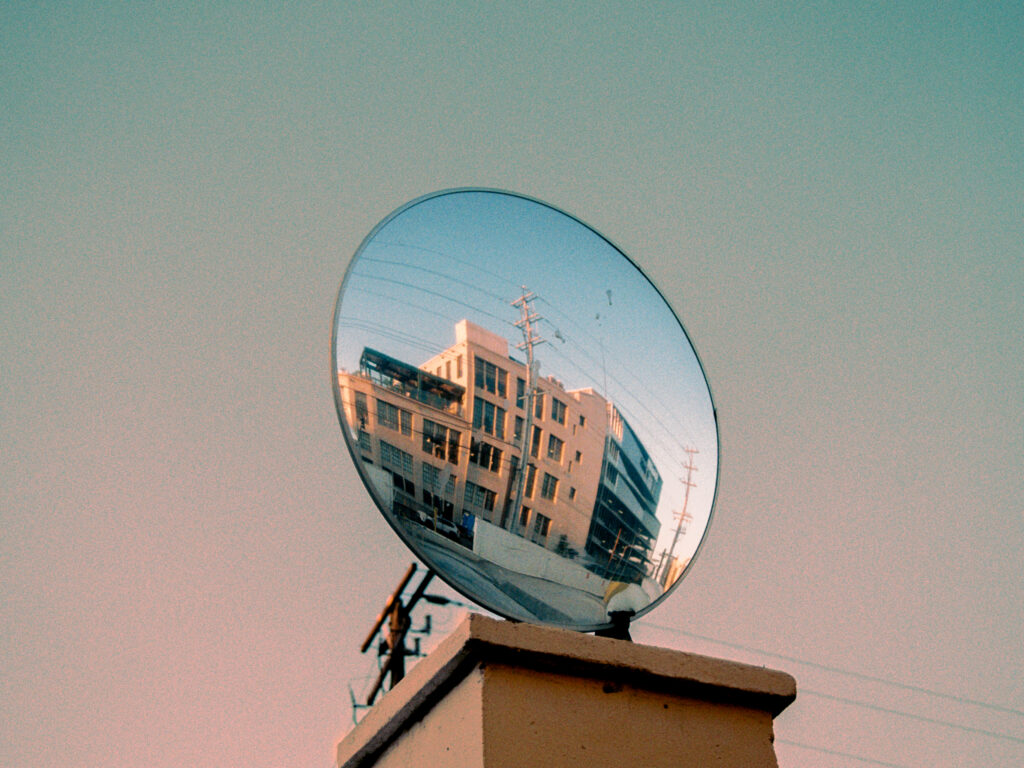
But on to more practical matters.
I purchased my first two rolls of 35mm without much research, guided primarily by brand recognition and price. This led me towards a one-two Kodak punch of Ultramax 400 and Tx400, both of which I expended rather randomly shooting daylight scenes out and about in L.A (all with the 50mm, f1.8 lens that had come with the AE-1). My onboard light meter still seemed to be functioning properly and so I went with it over a phone app, which made my earliest shooting considerably easier. I finished the Ultramax first and headed off to The Last Good Film Lab in East Hollywood (conveniently located along my bus route home from work) to have it developed, although given that I wasn’t even certain the AE-1 worked, I didn’t order this particular roll scanned. At this point, I was about to head off to Mexico for a week, and wanted to be sure everything was functioning properly before splurging on my next few more boxes of stock (nevermind that I had no idea if they’d make it through the airport x-ray machines). The Ultramax came out fine, and I’ve since (poorly) digitized some of the negatives using a barebones iteration of the DSLR method (see images below). I think improving my skills here will be a crucial factor in determining how long I can keep my analogue adventure going (financially speaking).
Unfortunately, the Tx did not survive my beginner’s ineptness, as I forgot to release the roll before attempting to wind it back during the unloading process. I knew the resistance I was getting from the crank wasn’t normal, but persisted anyway until the film snapped.
For my next three rolls I purchased some Kodak Color Plus 200, a roll of Lomography 100 and a box of Phoenix 200 (just because the name and packaging looked cool). The first two rolls came out okay, as you can see below, with a little overexposure in both cases, but nothing too distracting. Usually, I prefer less vibrant colors in my photographs, maybe because of the ubiquity of cellphone cameras and their tendency to dramatically over saturate everything, but in this case, the surroundings called for a nice “punchy” cast. Alas, I was not so fortunate with the Phoenix 200. Despite being shot in the same conditions and with the same ISO as the Kodak, something clearly went wrong somewhere, maybe with the airport x-ray machines, or during the lab’s scanning process (definitely not because I wasn’t really sure what I was doing, or anything). Only afterwards did I learn that Phoenix is in a relatively new film in a semi-experimental state and may require special handling to ensure consistent results. But as people say, you live, you learn, and so on and so forth.
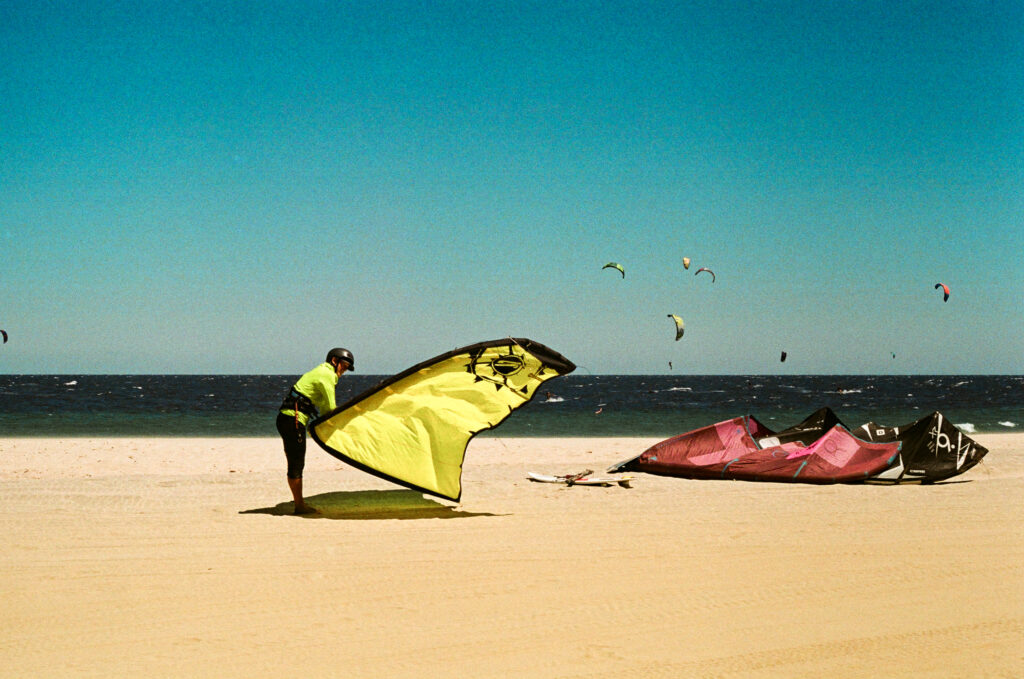
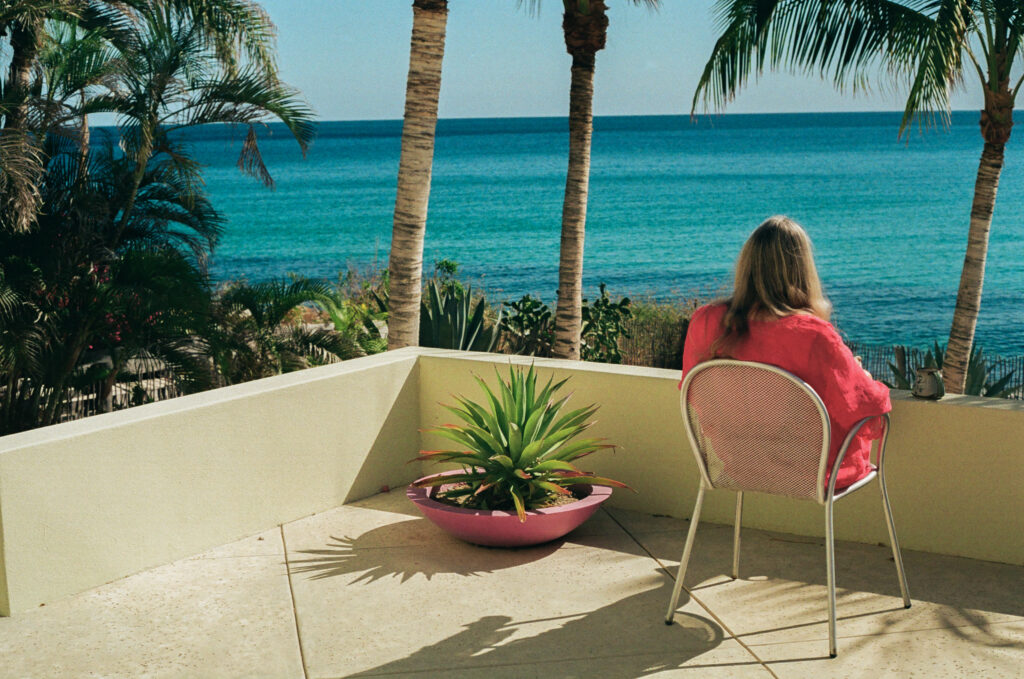
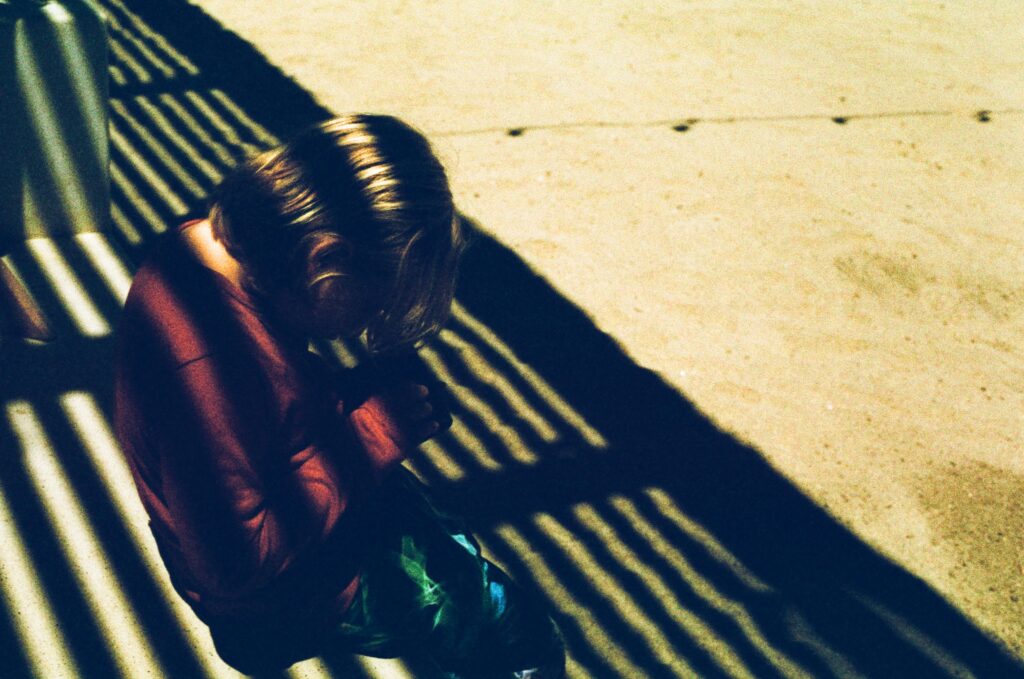
The next stage of my journey, and where I’m at right now, involves deciphering the scanning process which, as I’ve discovered, introduces a whole new layer of choice and complexity. From a creative perspective, handling this myself seems a no-brainer given the additional levels of control it affords. But once again, high grade scanners aren’t cheap and my DSLR kit is m4/3 without a macro lens, so I’m not equipped to get the best results from my current home setup. Realistically, though, I’m nowhere near the stage that would call for professional grade, ultra high-resolution images anyway, so the low-to-no cost option will do just fine for the time being. One thing I’ve learned after having a few rolls of film scanned at a few different labs is that sending your negatives to professionals does not automatically equal professional results. One set of scans in particular showed more noise than I’d expected (compared to similar images from a different lab), although it’s really hard to tell for sure where anything is coming from given the sheer number of variables introduced between A and Z. In any case, I’m perfectly happy to experiment a little, and when (or if) I get something really good, I can always splurge for better scans.
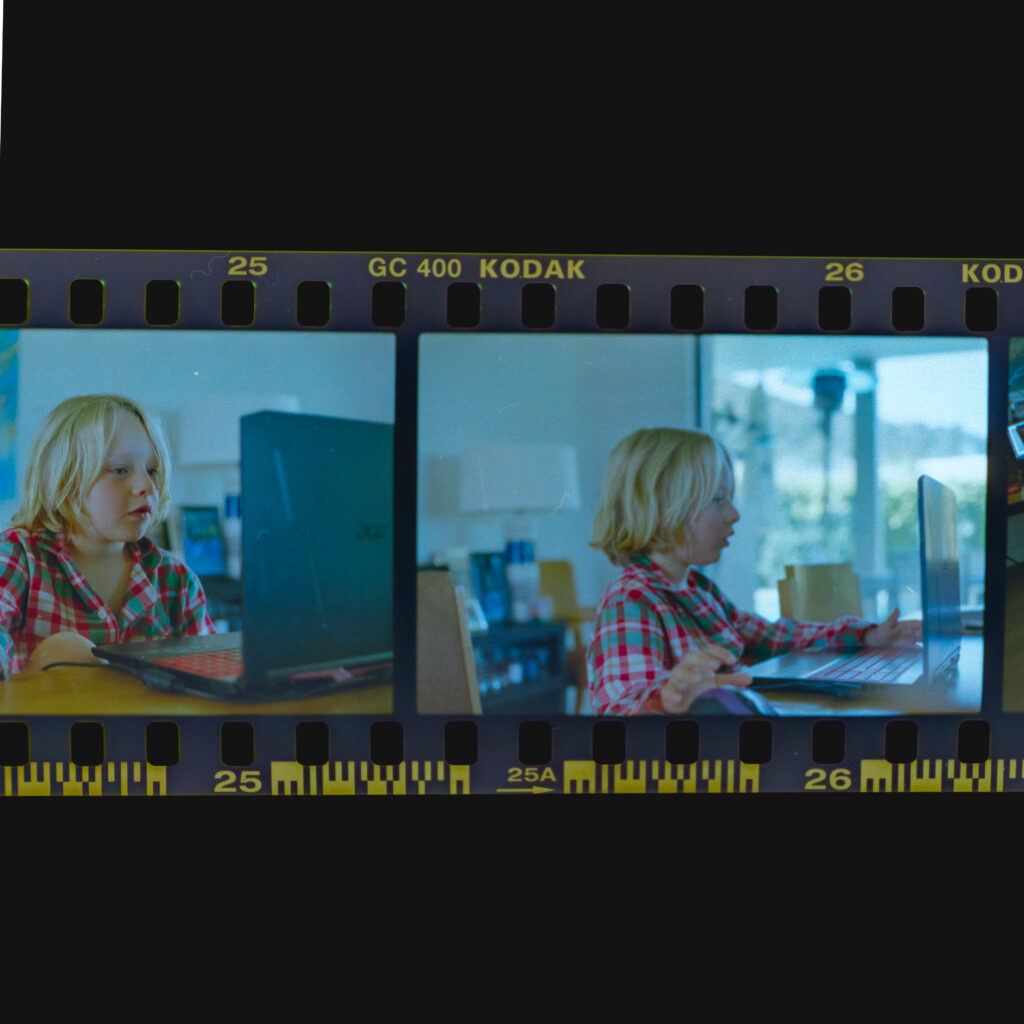
And so there you have it, five rolls of film, zero clues, zero fucks given; the first meandering steps of my analogue photography journey. Have I fallen for it in a big way? Yes, enough to have three new rolls of Tx400 and some Cinestill 800 waiting in the wings. Does it annoy me slightly that by the time I get into new things it’s already several years too late and I find the space crowded and the prices jacked up? Probably, at this point I’m too accustomed to disappointment to really notice it. In any case, I’m happy film is thriving and interested to see where it goes from here. It’s opened up a whole new world for me to play in and has propelled my overall photographic education much further, much faster than if I’d stuck to shooting digital alone.
(If you’re interested in more ramblings about photography, writing, art and ideas see my website HERE).
Share this post:
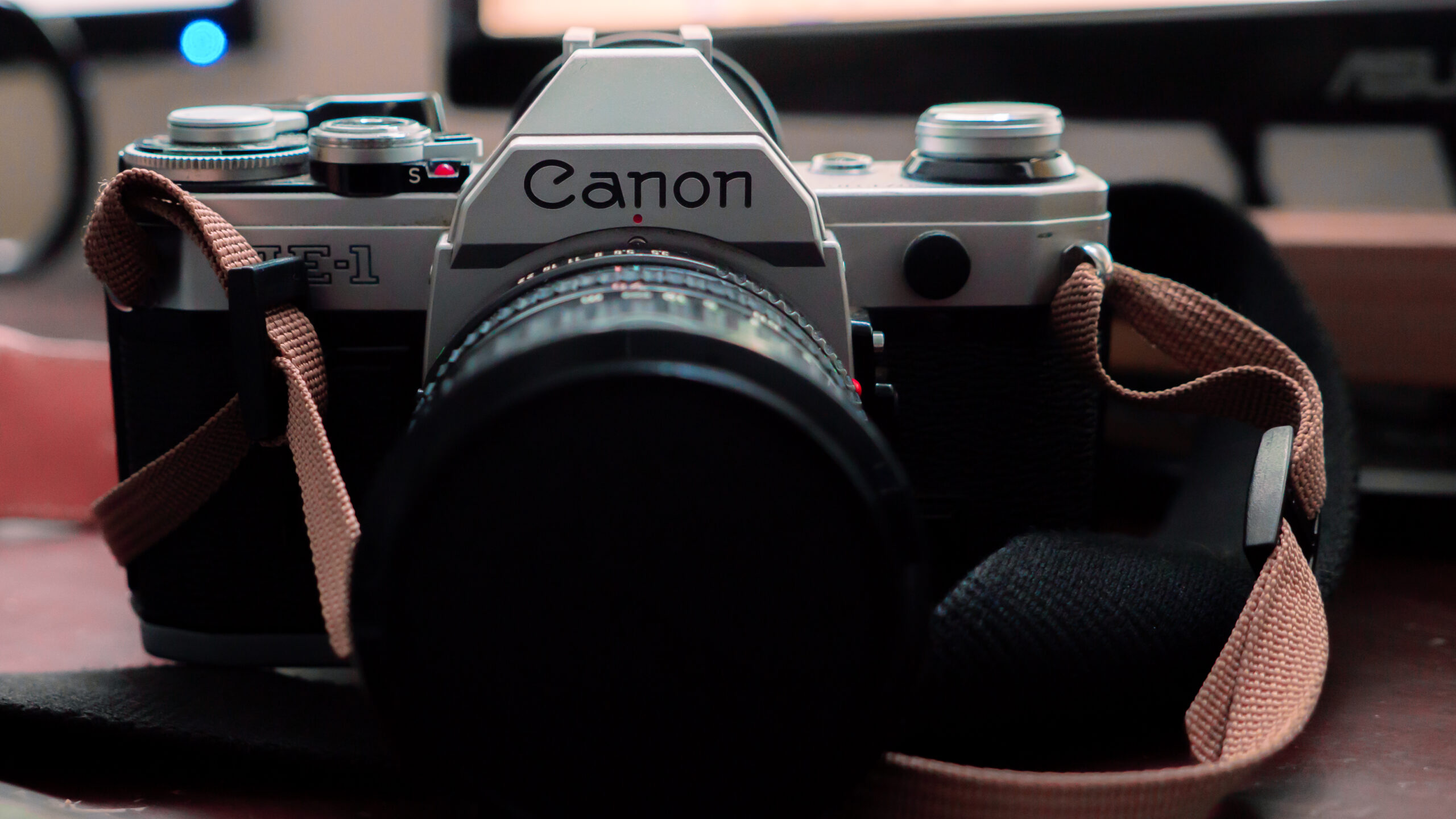
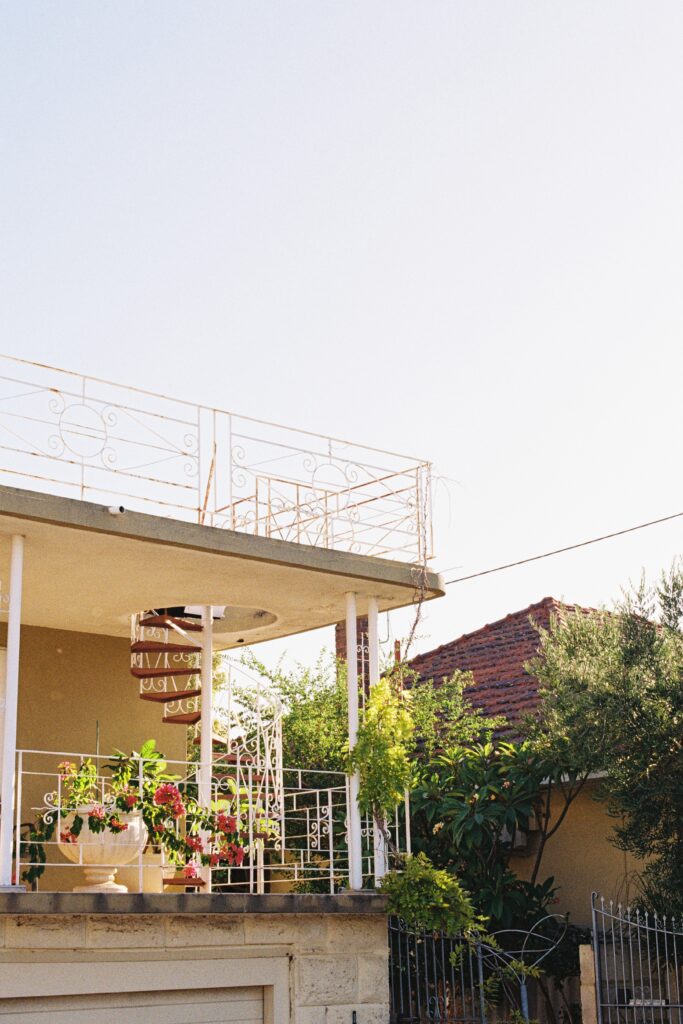
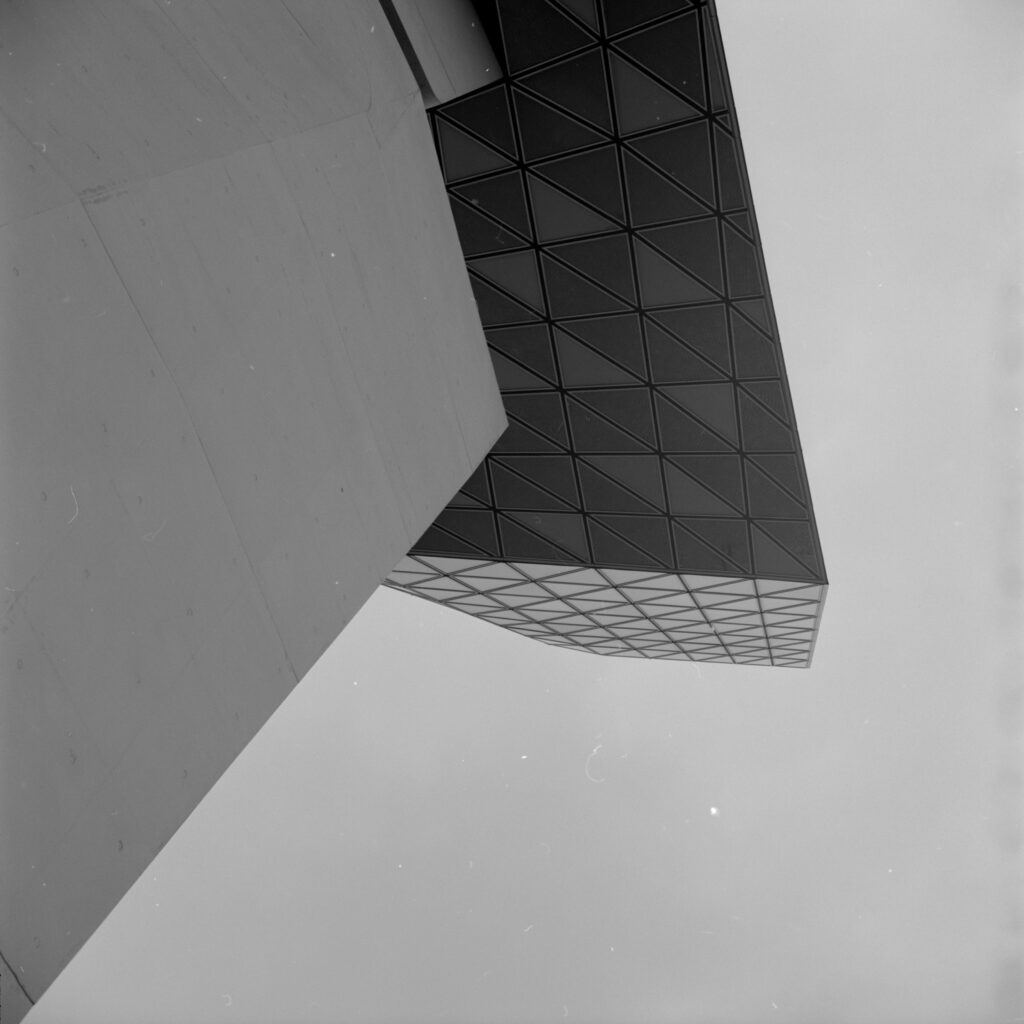
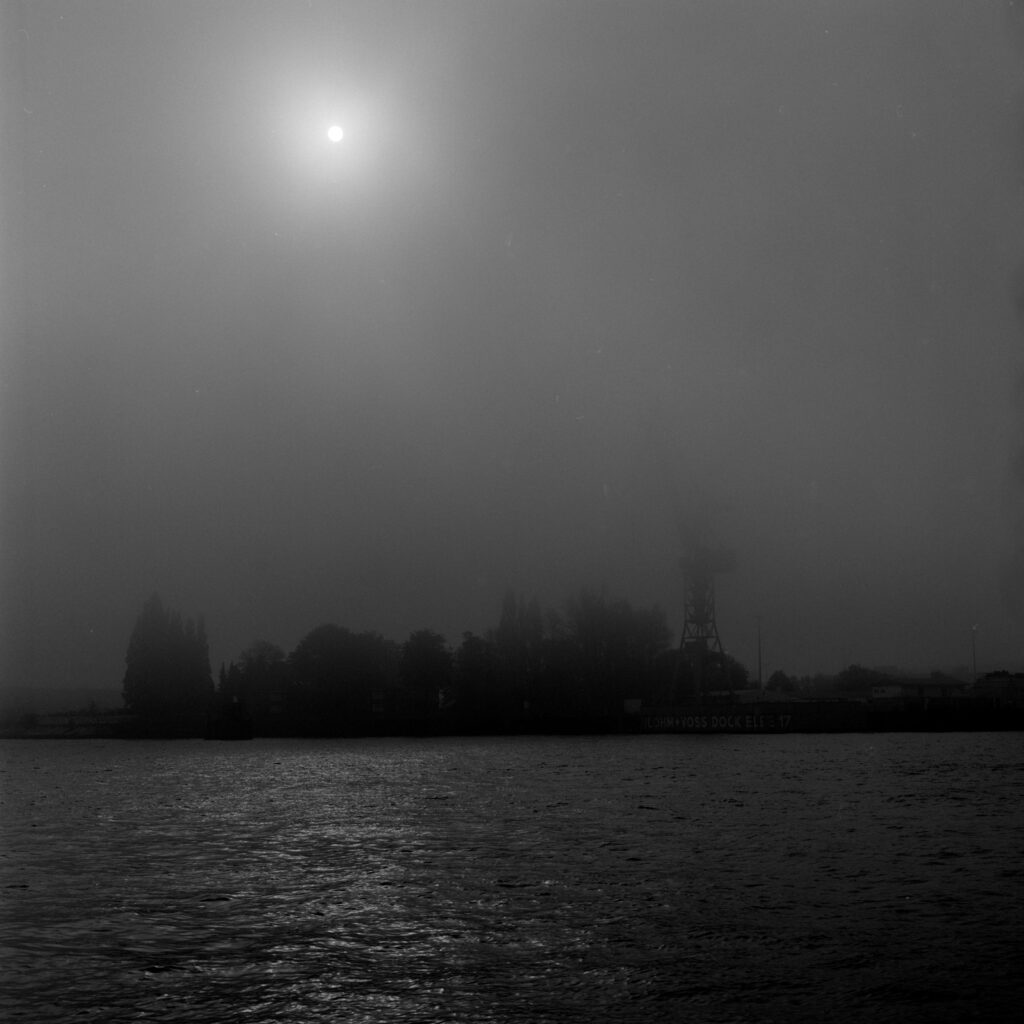
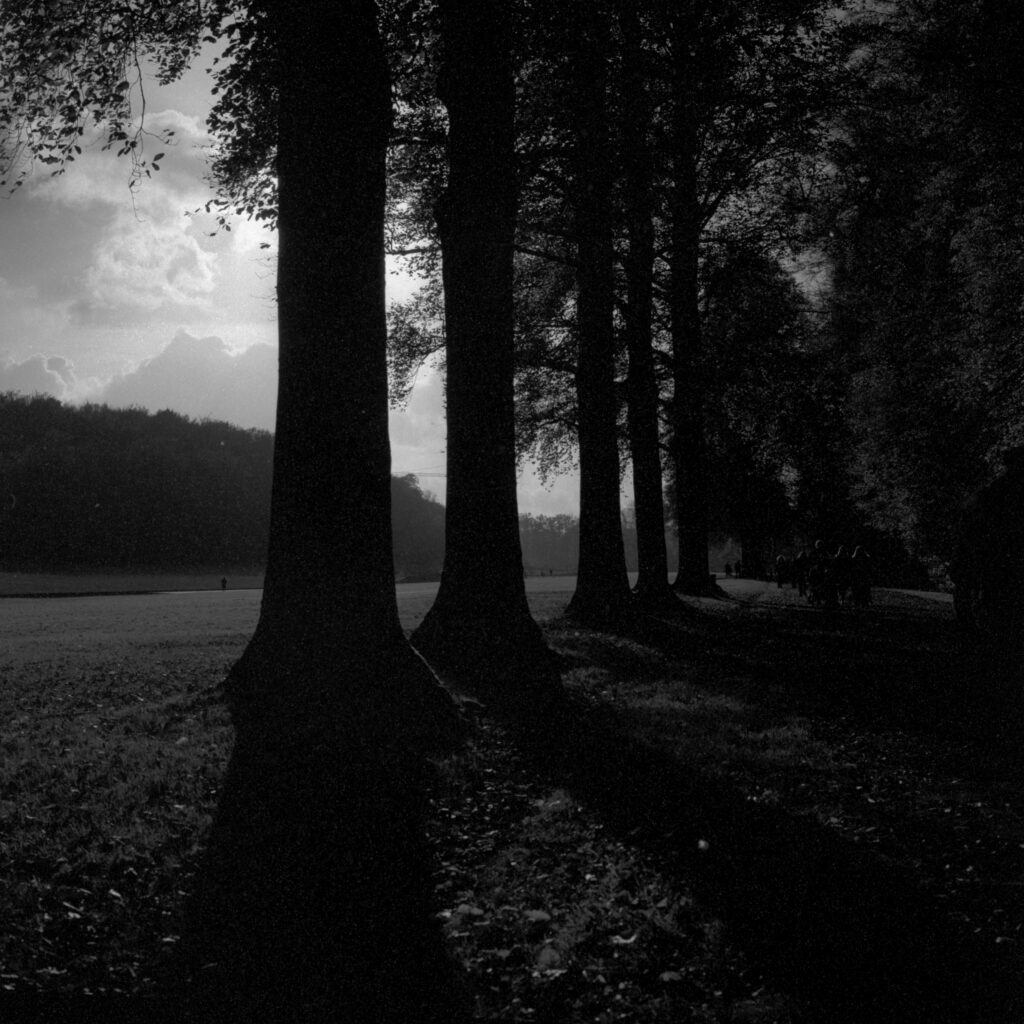




Comments
Erik Brammer on My First Five Rolls of Film (Ever)
Comment posted: 19/06/2024
this is a very inspiring write-up of your journey into film, accompanied by great images.
As far as Harman Phoenix 200 is concerned, I followed advice from Jason Kummerfelt and others here to expose it at EI 120. It does beg for a lot of light, based on my little experience with 2 rolls so far. And the negative to positive conversion is a whole different animal compared to other colour film stocks. I tried Filmlab which miserably failed even with beta version 3 - well, can't blame Abe if I picked the curve for some Kodak film, and the film base alone is totally different. I got pretty nice results with Capture One in conjunction with Analog Toolboox. But it does require quite a bit of tweaking, so I copy and paste adjustments from a previous roll onto a new role, selectively, when I see that the mood and light was comparable.
Will I buy it again? Probably, but only if I really want to go back in time to the 70s or something.
Best regards,
Erik
Comment posted: 19/06/2024
Colin on My First Five Rolls of Film (Ever)
Comment posted: 19/06/2024
I'm also not suggesting that someone shouldn't take the photos they want to take. It's always worth taking a chance on a shot. Even bracketing if necessary. But in my opinion, film photography just shouldn't be approached with the same thoughtless/scattergun/valueless approach that many smartphone snapshots are taken with.
Me, I mostly shoot medium format. In my case, over the past 7 years, I've shot about 70 rolls of film - averages about 10 a year. Not a lot, and certainly affordable as a hobby - though of course, others will want to shoot more than me.
Comment posted: 19/06/2024
Comment posted: 19/06/2024
Comment posted: 19/06/2024
Julian Tanase on My First Five Rolls of Film (Ever)
Comment posted: 19/06/2024
Comment posted: 19/06/2024
Mark Ellerby on My First Five Rolls of Film (Ever)
Comment posted: 19/06/2024
Comment posted: 19/06/2024
Timothy Hancock on My First Five Rolls of Film (Ever)
Comment posted: 19/06/2024
Comment posted: 19/06/2024
Geoff Chaplin on My First Five Rolls of Film (Ever)
Comment posted: 19/06/2024
Comment posted: 19/06/2024
Comment posted: 19/06/2024
Marco Andrés on My First Five Rolls of Film (Ever)
Comment posted: 19/06/2024
« Working with film is an exercise in patience and acceptance and demands a refreshing amount of surrender, which somehow ends up being less stressful than the illusion of complete control. »
So true. Different cameras/lenses/film stock/development method provide different ways of rendering the scene.
The e third image is arresting and familiar – Cemex Cement Plant at La Brea/Romaine, slated to be a 34-storey apartment building, with the Howard Hughes building further east on Romaine. For an earlier cellphone view: drive.google.com/file/d/12nSN9MMQAvtaTRndjUNase4f0_K5i2Qc/view?usp=share_link
Comment posted: 19/06/2024
Gary Smith on My First Five Rolls of Film (Ever)
Comment posted: 19/06/2024
Thanks William, good approach I'd say. Nice shots, good color. Maybe I'll take my FTb out for a spin.
Comment posted: 19/06/2024
Jeffery Luhn on My First Five Rolls of Film (Ever)
Comment posted: 19/06/2024
Great writing! When I saw your first photo, I recognized the scene right away. I know that 'town' well. I know you've heard this often: If you bulk load your film cans and process at home, film, especially B&W, is still dirt cheap. Super easy to develop. HC110 or Rodinal developers last eons if stored in tightly sealed bottles. A roll of 36 can be bought and processed for 40 cents a frame. In LA there are darkrooms at colleges or rental places for you to feed an addiction. There is probably no better city to be a film photographer!! Good hunting Will.
Comment posted: 19/06/2024
Tony Warren on My First Five Rolls of Film (Ever)
Comment posted: 19/06/2024
Plus ça change, plus s’est la même chose.
Comment posted: 19/06/2024
JC on My First Five Rolls of Film (Ever)
Comment posted: 20/06/2024
very good decision to shoot analogue now !
You will never regret it.
Each shot on film is a small wonder, a masterpiece, much more unique than digital pics.
And it is a joy to use camera workhorses like the Canon AE1.
I like the shots at the beach of Los Barriles.
Cheers, Jens
Charles Higham on My First Five Rolls of Film (Ever)
Comment posted: 22/06/2024